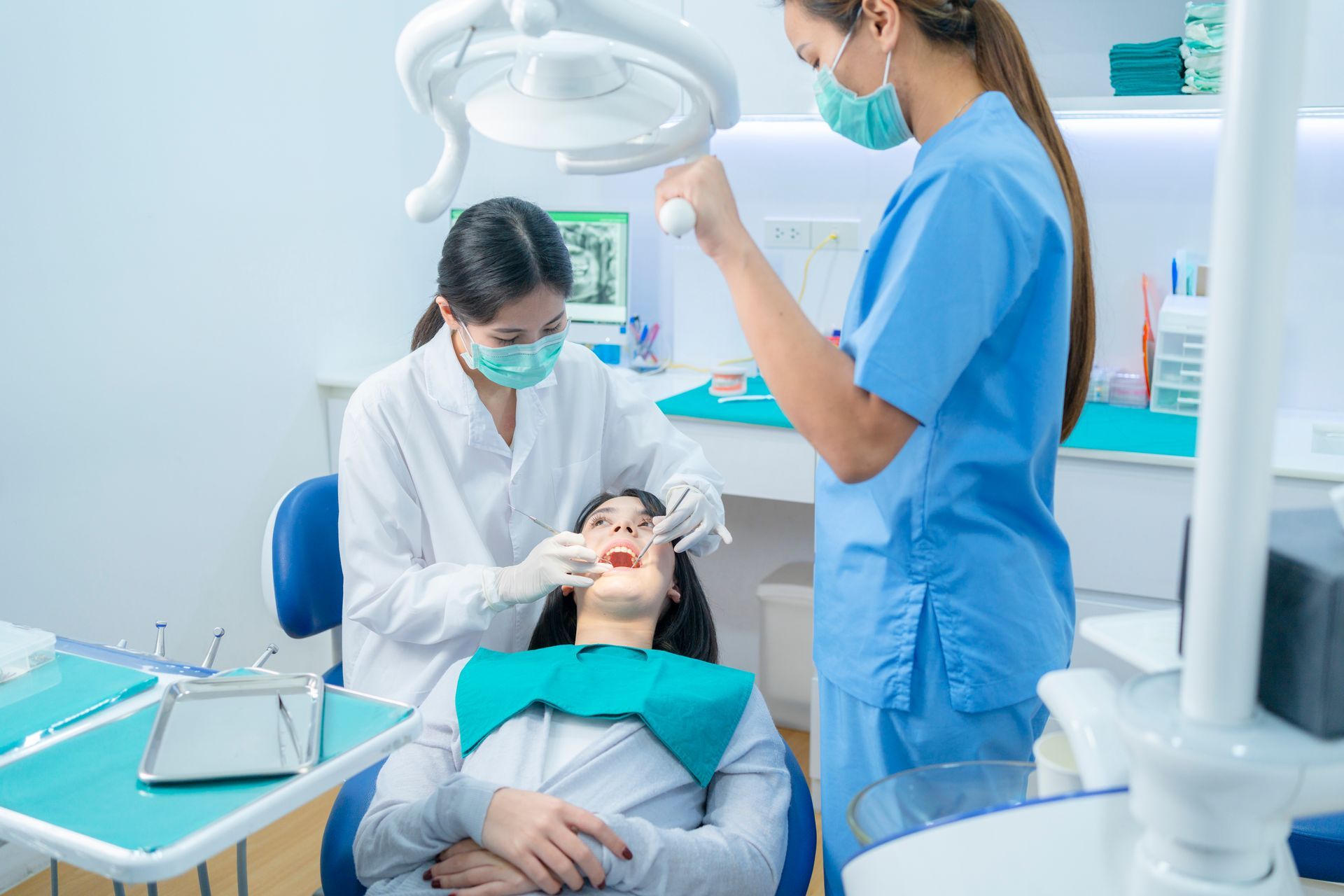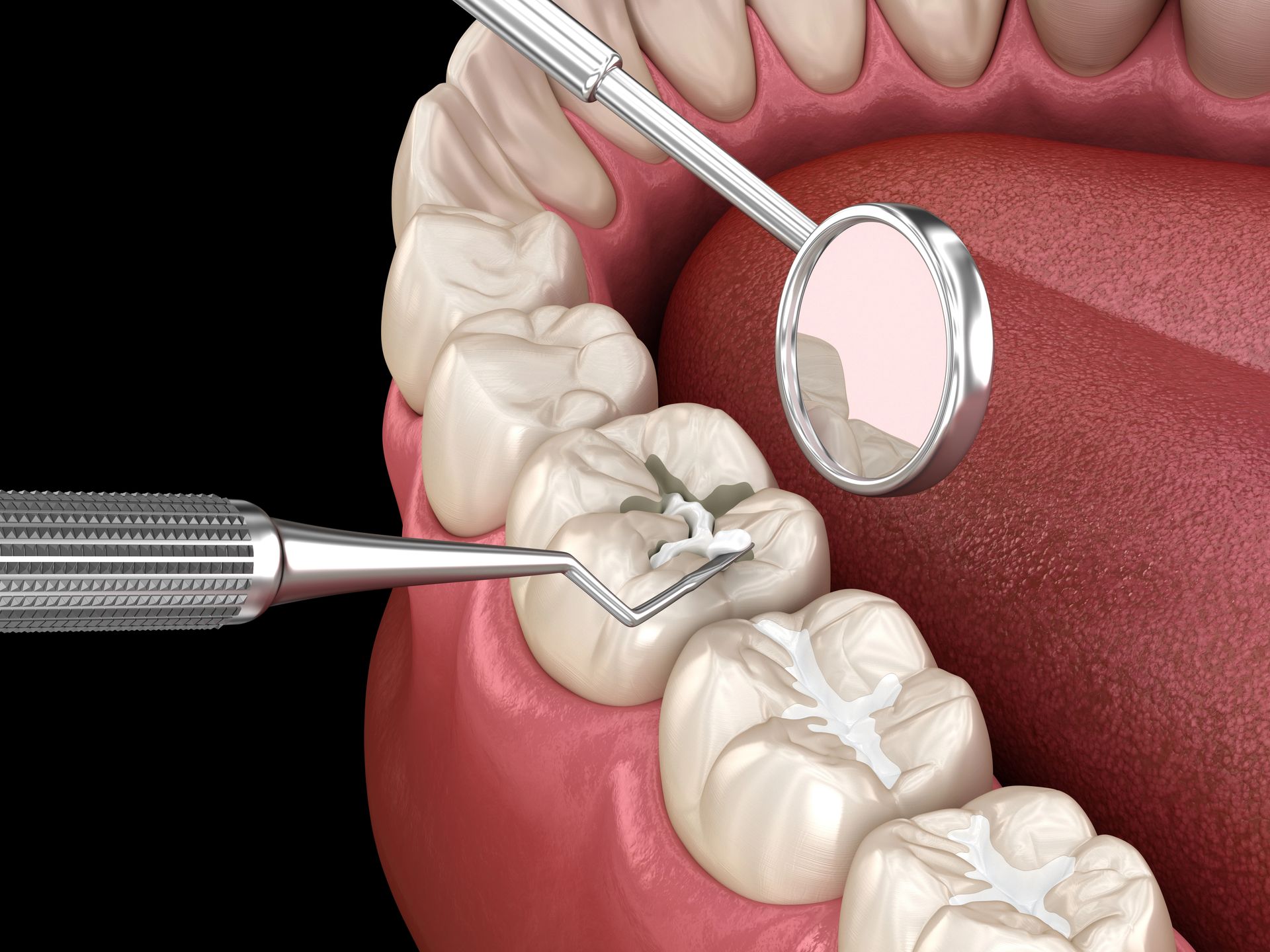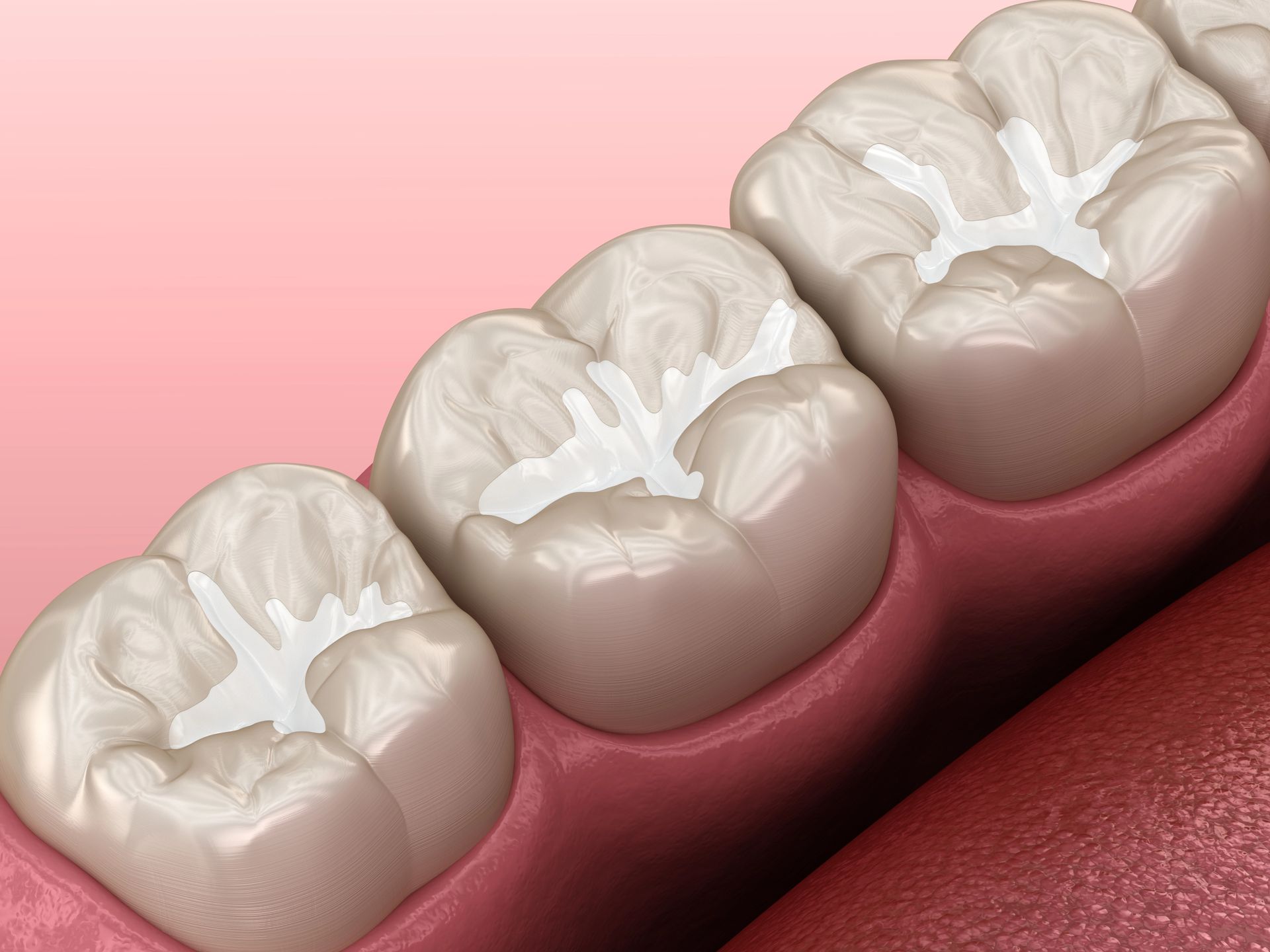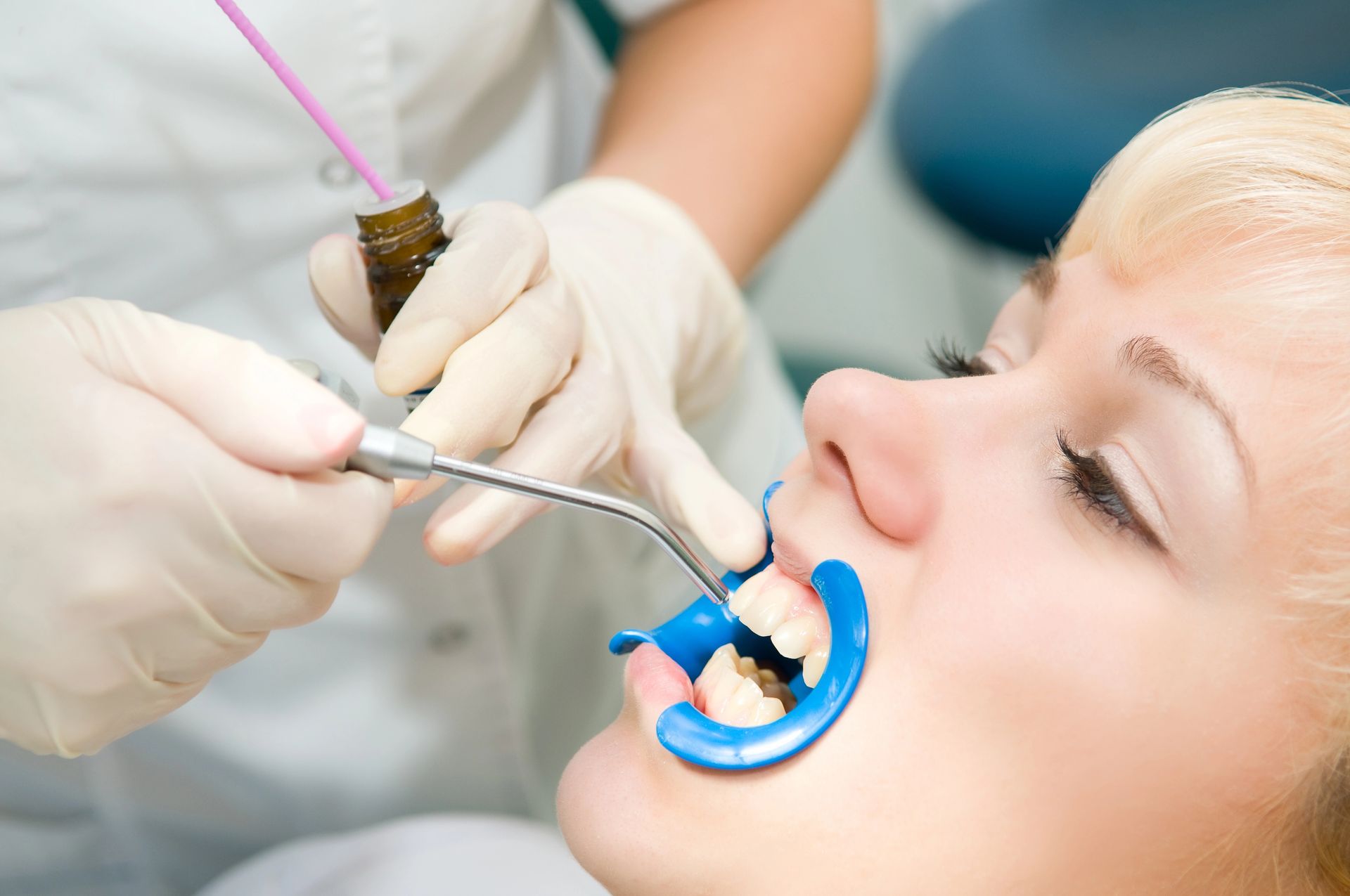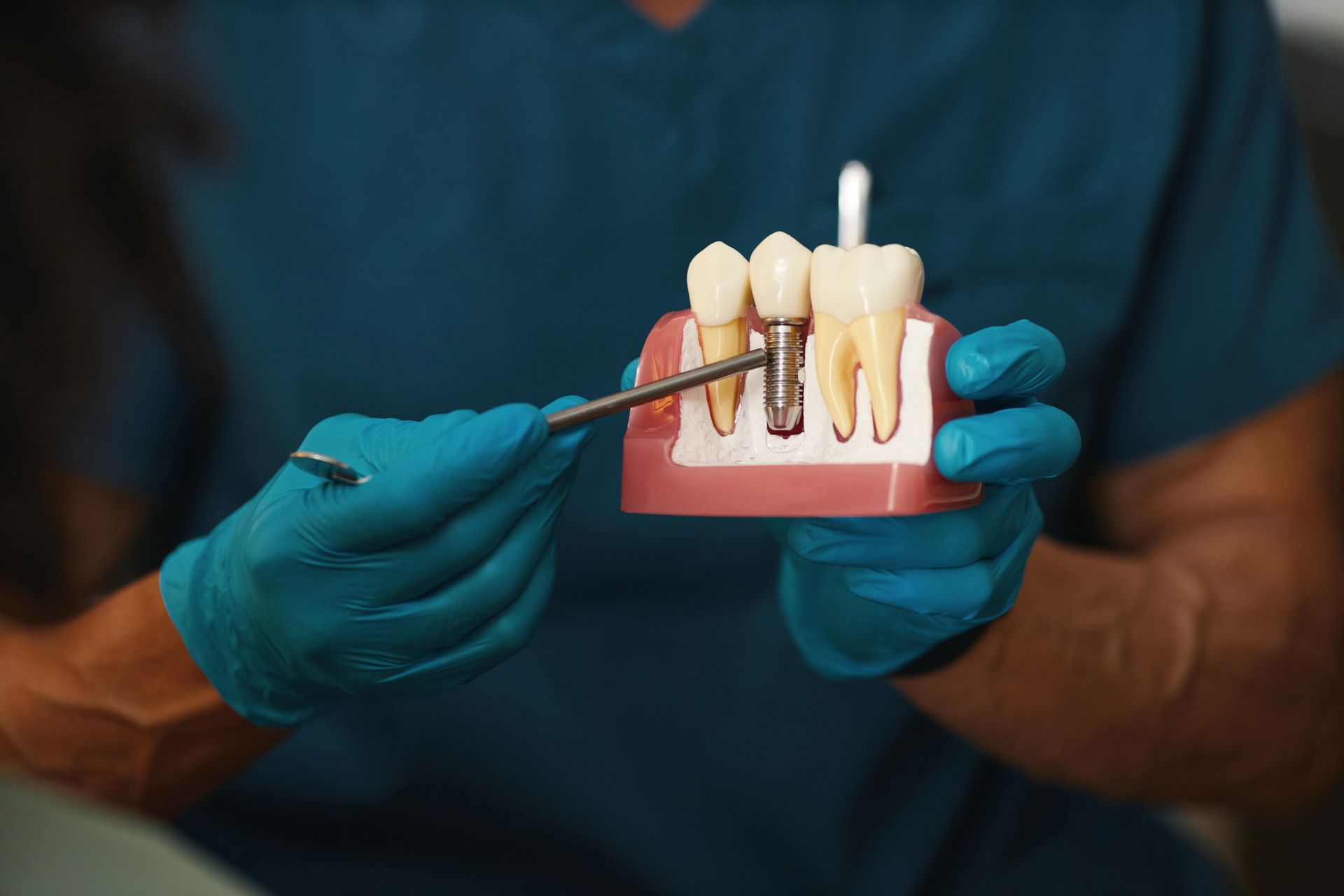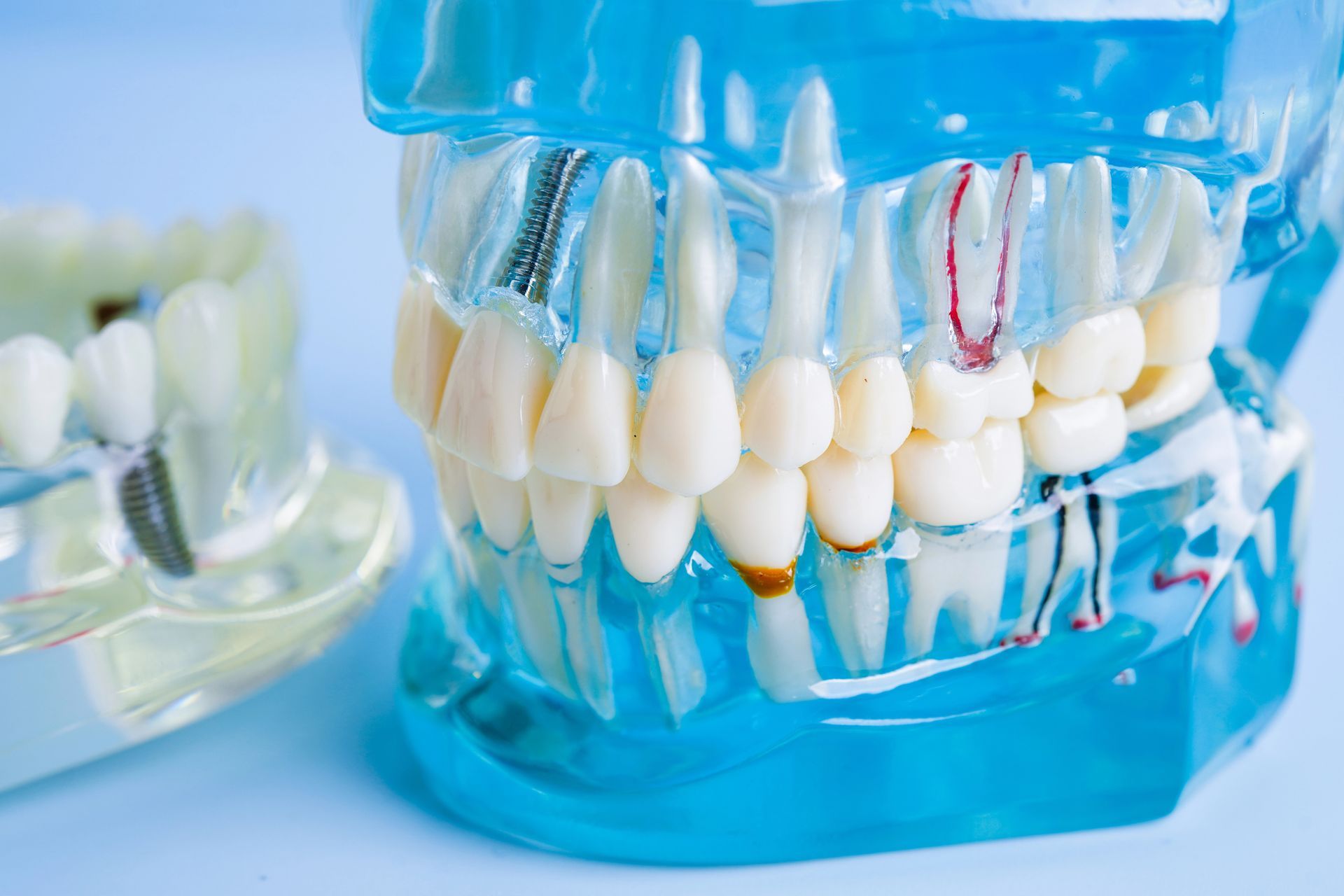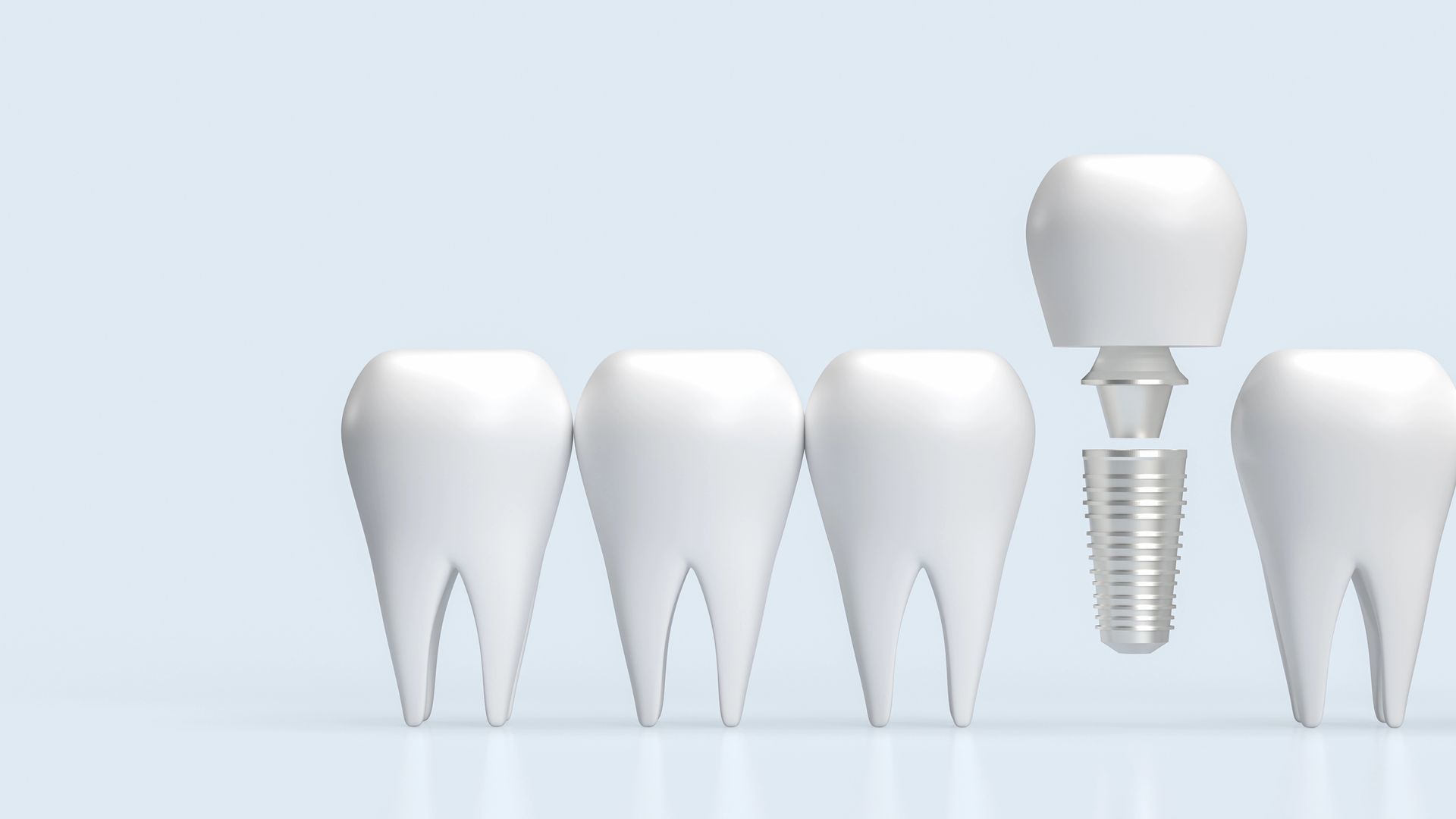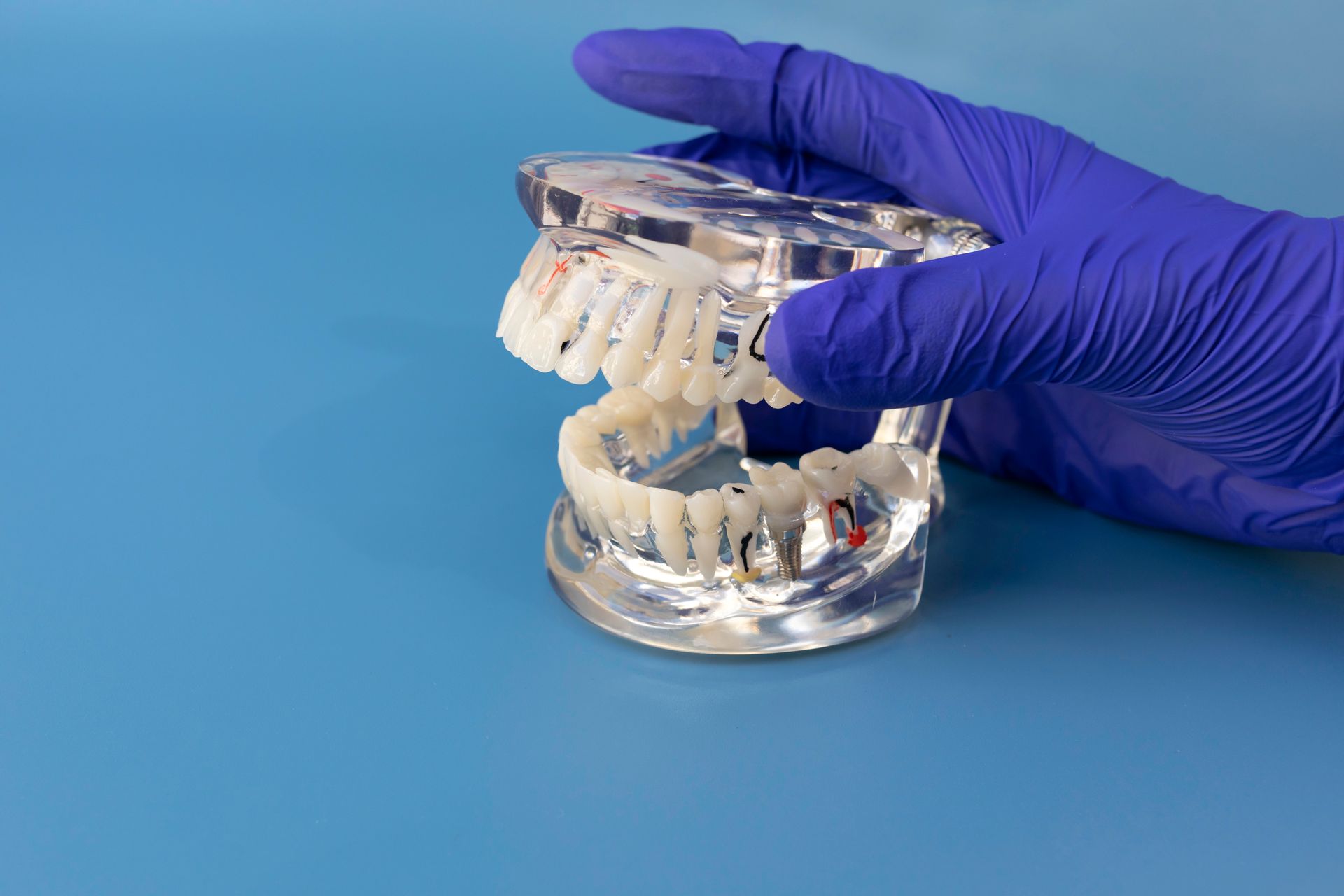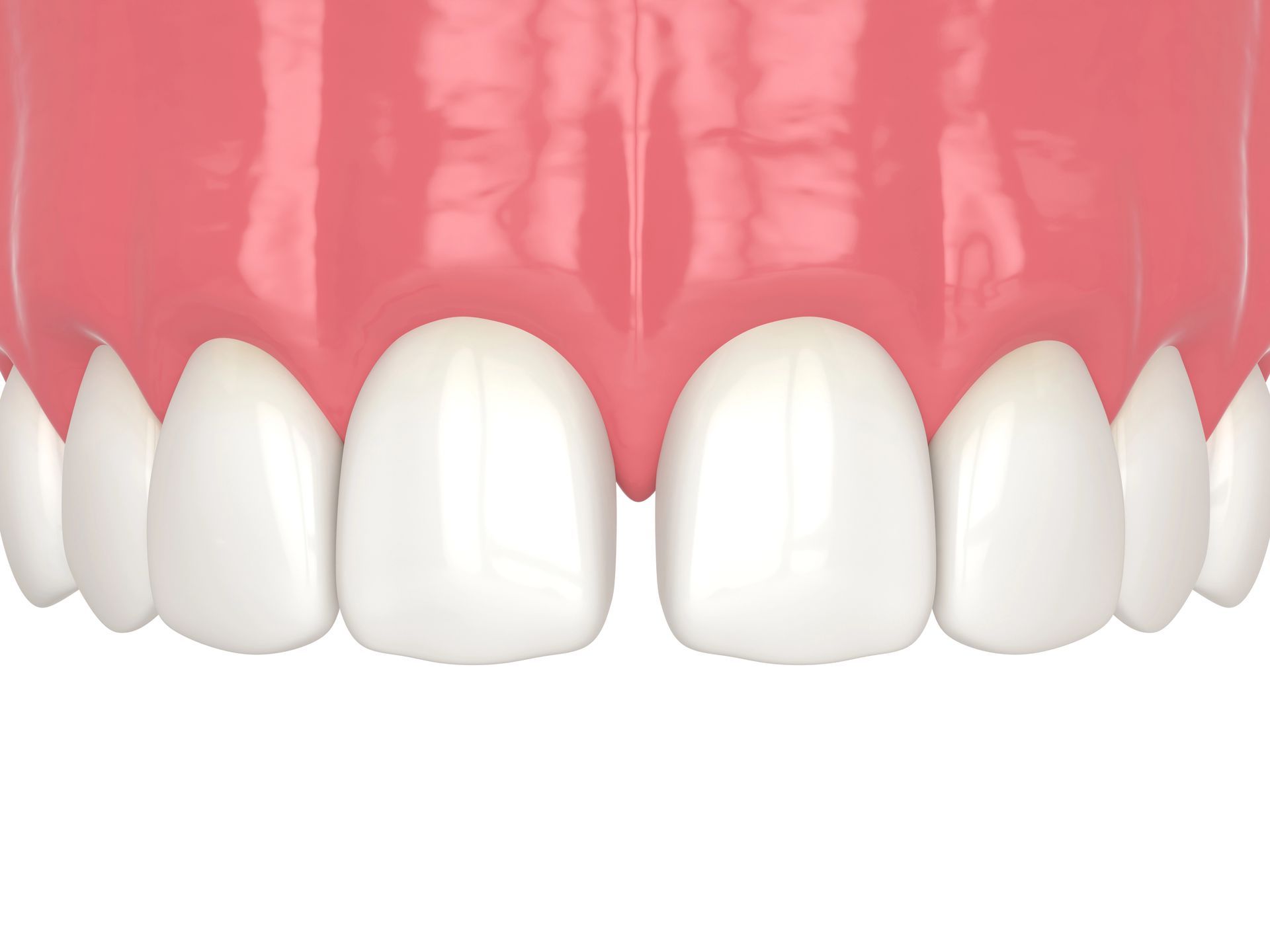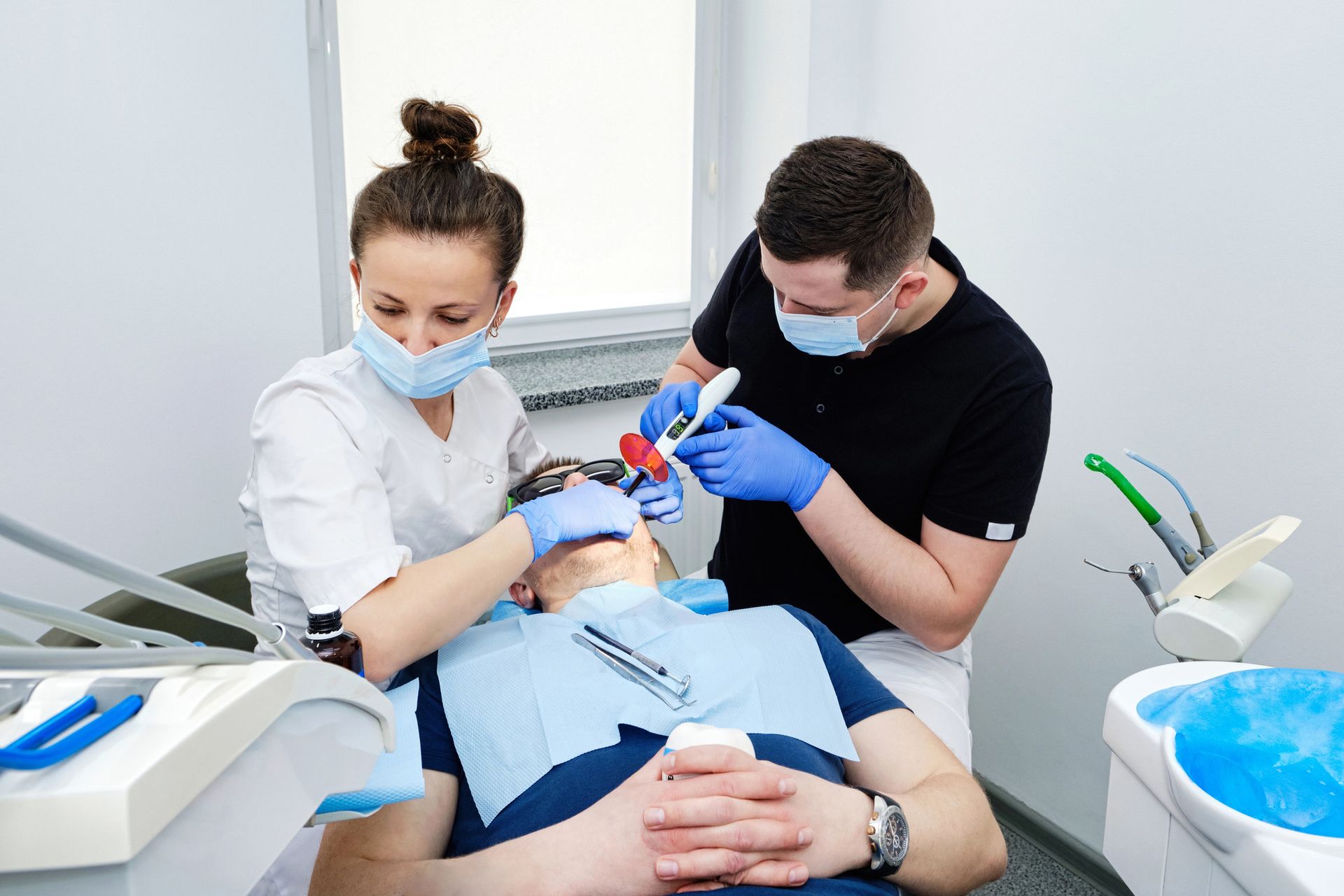Have you ever wondered about teeth whitening duration and how long your bright smile will last after treatment? The longevity of teeth whitening results can vary widely depending on individual lifestyle and oral hygiene practices. Generally, the effects can last from a few months to up to three years, but this can differ from person to person.
Factors Affecting Teeth Whitening Longevity
The teeth whitening duration can vary significantly depending on several key factors. One of the primary influences is the individual's oral hygiene practices. Regular brushing and flossing play a crucial role in maintaining the effects of teeth whitening by minimizing the build-up of stains on the enamel. Additionally, dietary choices also impact how long the whitening effects last. Consuming foods and beverages that are known to stain teeth, such as coffee, tea, and red wine, can shorten the duration of your bright smile. Another significant factor is the natural composition of your teeth. Each person's enamel is unique, and its porosity affects how teeth absorb the whitening agents and how long the results will be visible. Understanding these factors can help manage expectations about the longevity of teeth whitening results. For more detailed information on how often you might need to undergo whitening treatments to maintain your desired shade, consider reading Teeth Whitening Sessions: How Many for a Brilliant Smile?
Average Duration of Whitened Teeth
The longevity of teeth whitening results can vary significantly depending on several factors, including the individual's dental hygiene practices and dietary habits. Generally, the effects of a professional teeth whitening session can last anywhere from six months to three years. It's important to note that each person's teeth respond differently to whitening treatments, which means the duration can differ widely. For those interested in exploring more about maintaining a bright smile, visiting a local dental clinic can provide additional insights and options. Learn more about professional teeth whitening services by visiting Brighter Smiles in Columbia.
Impact of Dietary Choices
The duration of the effects of teeth whitening can significantly depend on one's dietary choices. Certain foods and beverages are known to have properties that might affect the brightness of your smile. Understanding how what you eat and drink interacts with your dental health can be crucial in considering how long you can maintain the results of a teeth whitening procedure. The teeth whitening duration may vary widely among individuals based on their consumption habits alongside other lifestyle factors.
Role of Oral Hygiene Practices
The longevity of teeth whitening results can significantly depend on an individual's oral hygiene practices. Maintaining a routine that supports dental health is crucial for preserving the effects of teeth whitening treatments. Regular brushing and flossing play a key role in preventing stains and keeping teeth bright. However, the specific teeth whitening duration varies from person to person based on their dental care habits and lifestyle choices. For more detailed information, consider consulting with a professional like those at Design Dentistry Columbia, your trusted Columbia Dentist.
Effects of Smoking on Whiteness
The teeth whitening duration can be significantly influenced by lifestyle choices, particularly smoking. Smoking is known to cause discoloration and staining of teeth due to the tar and nicotine found in tobacco. This can affect the overall effectiveness and longevity of any teeth whitening results. Smokers might notice that the whiteness of their teeth fades faster compared to non-smokers, impacting how long their bright smile lasts.
Natural Aging and Tooth Color
As we age, our teeth naturally change color, which can affect the teeth whitening duration. Factors such as diet, oral hygiene, and the natural thinning of enamel play significant roles in the discoloration of teeth over time. While teeth whitening treatments can significantly brighten your smile, understanding the impact of natural aging on tooth color is crucial for setting realistic expectations about the longevity of whitening results. Maintaining a routine that includes proper dental care and periodic touch-up treatments can help extend the duration of your teeth whitening results amidst natural aging processes.
Frequency of Touch-Up Treatments
The longevity of your teeth whitening results can vary significantly based on your lifestyle and oral hygiene. However, even with the best care, the gleaming effects can fade, necessitating touch-up treatments. Typically, the teeth whitening duration before a touch-up is needed ranges from 6 months to 2 years. Factors such as smoking, drinking coffee, tea, or wine, and how well you maintain your oral hygiene play crucial roles in determining how frequently you'll need these treatments. Regular check-ups with your dental professional will help you keep your smile bright and determine an optimal schedule for touch-ups based on your specific needs.
Professional vs. At-Home Results
When considering teeth whitening, understanding the teeth whitening duration between professional and at-home methods is crucial. Professional teeth whitening typically offers more immediate and long-lasting results due to the use of stronger bleaching agents and expert application. These treatments can brighten your smile for a year or more, depending on your dental hygiene and habits. In contrast, at-home products like whitening strips, toothpaste, or DIY kits generally require ongoing application and may yield results that last a few months at best. Choosing the right method depends on your goals for teeth whitening duration, budget, and how much time you are willing to invest in maintaining your brighter smile.
Genetic Influences on Whitening Effects
When considering teeth whitening duration, it's important to acknowledge the role of genetics. The natural color of your teeth, which can range from light grey to yellow, is largely determined by genetics. This inherent color influences how effectively teeth whitening treatments can lighten your smile and also impacts the longevity of the results. Individuals with thicker enamel, a trait that can be inherited, typically see longer-lasting whitening effects because their teeth are better able to absorb and retain the whitening product. Understanding your genetic predisposition can help set realistic expectations for your teeth whitening duration and overall effectiveness.
Conclusion
For further inquiries on teeth whitening duration, please call us at
803-373-1069 or
read our reviews on Google Maps.

